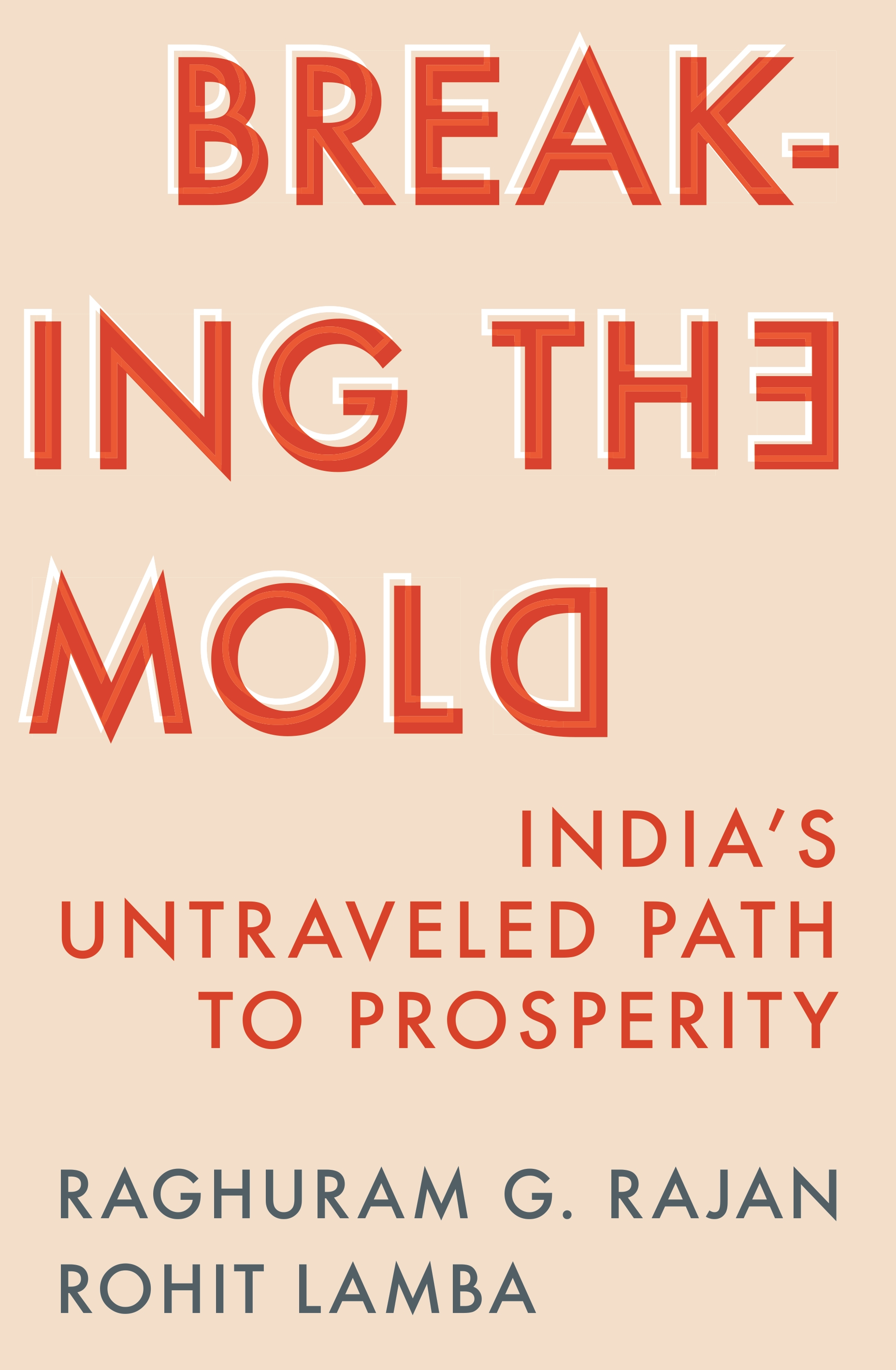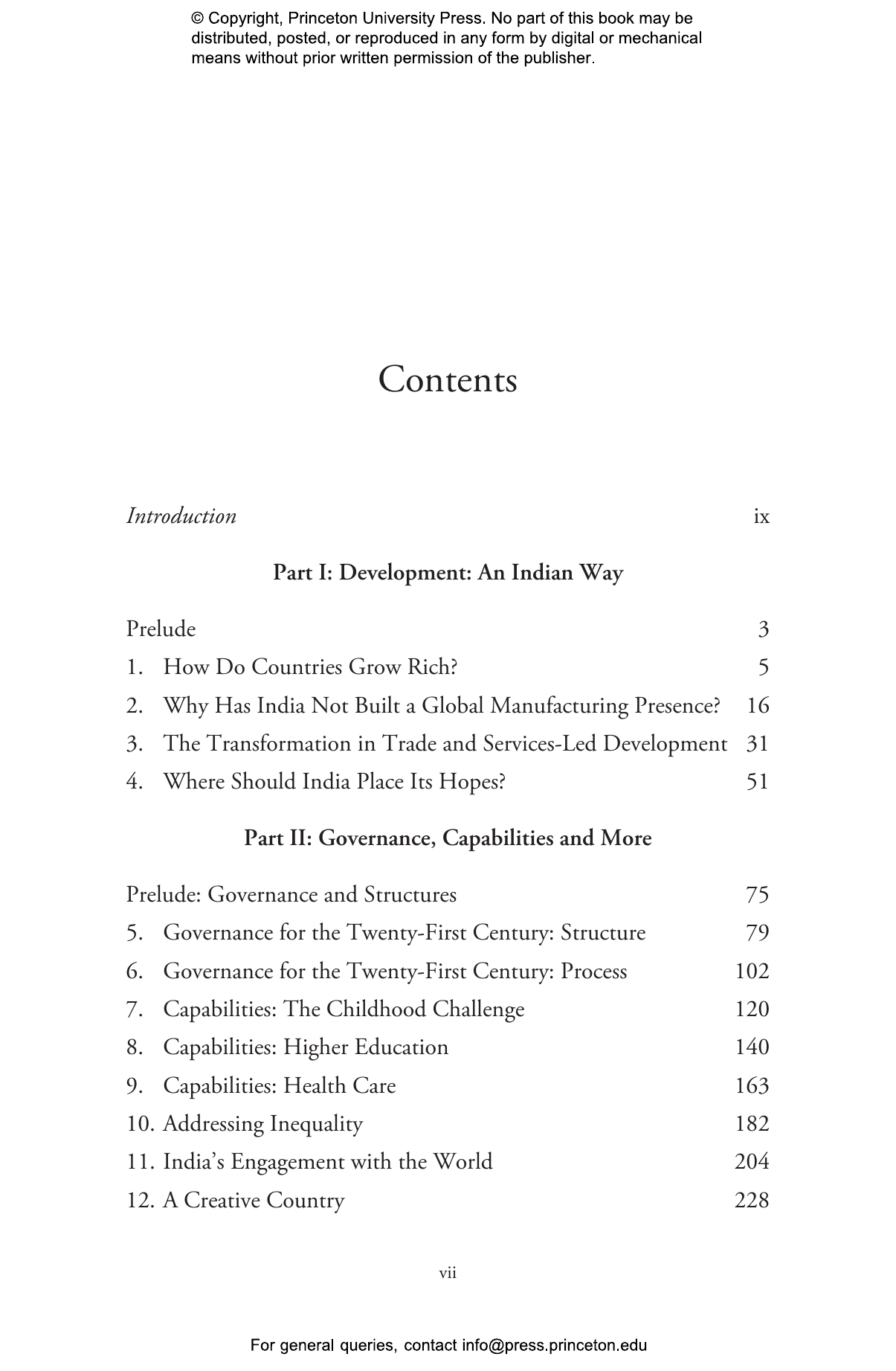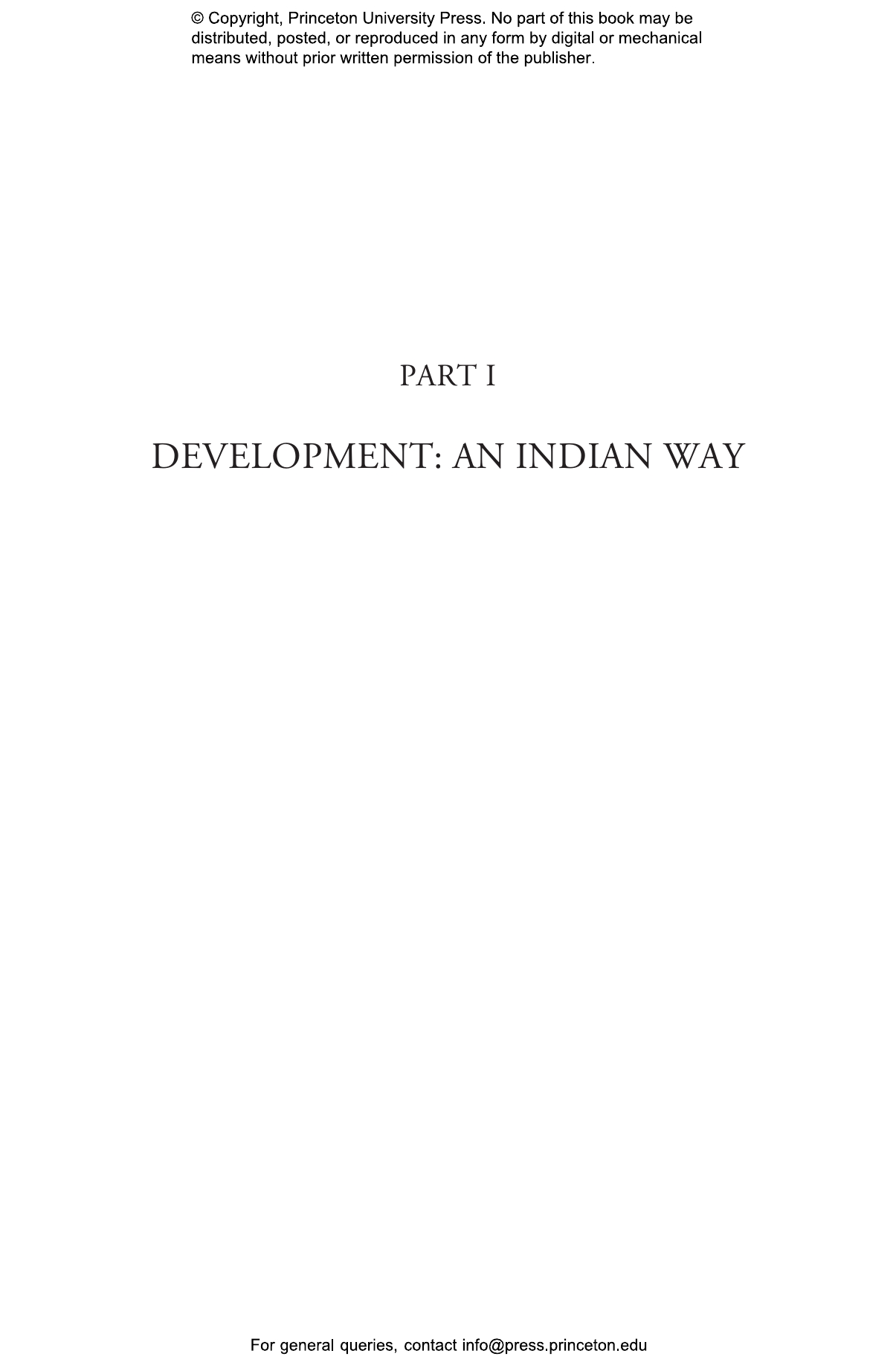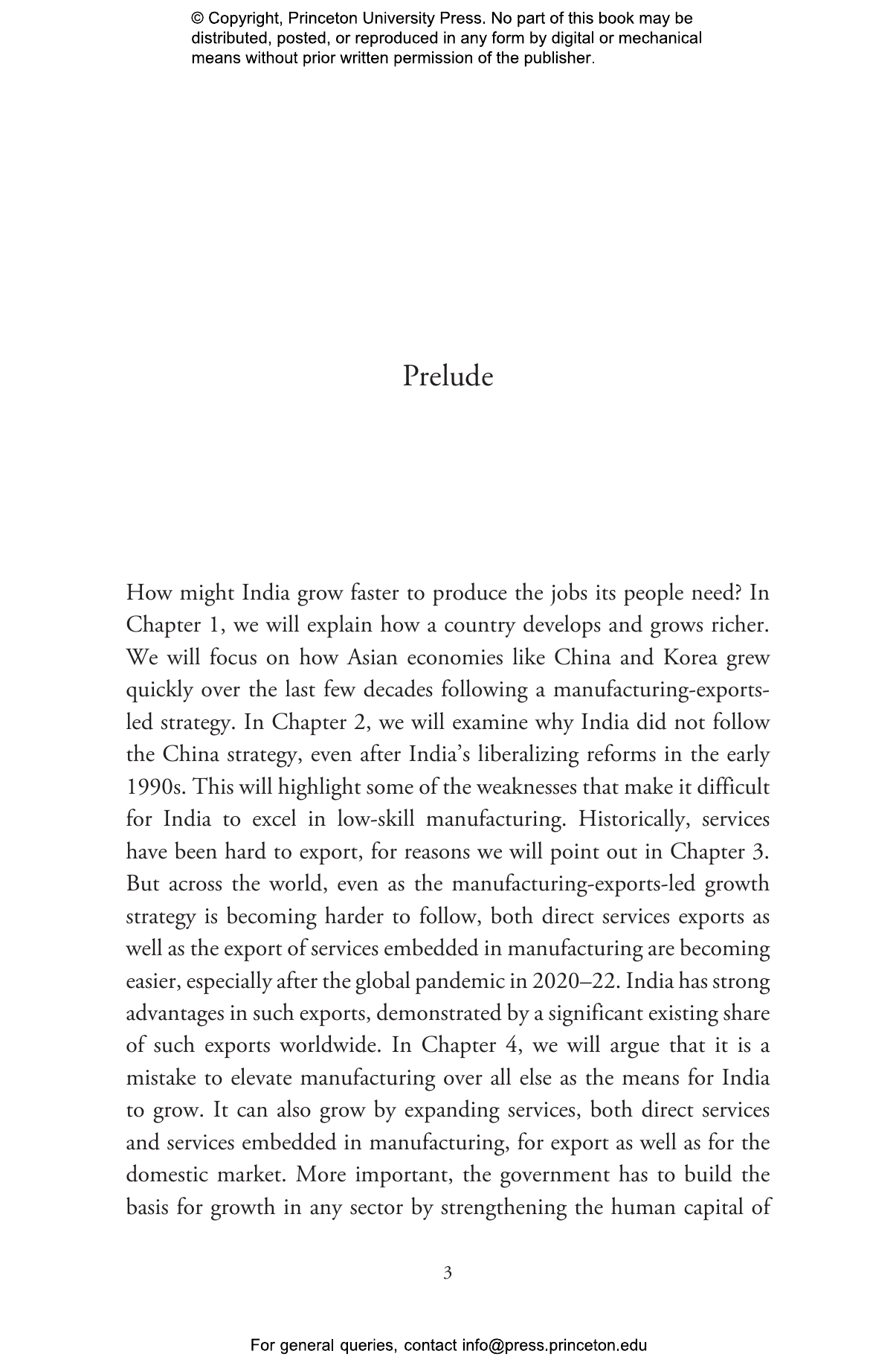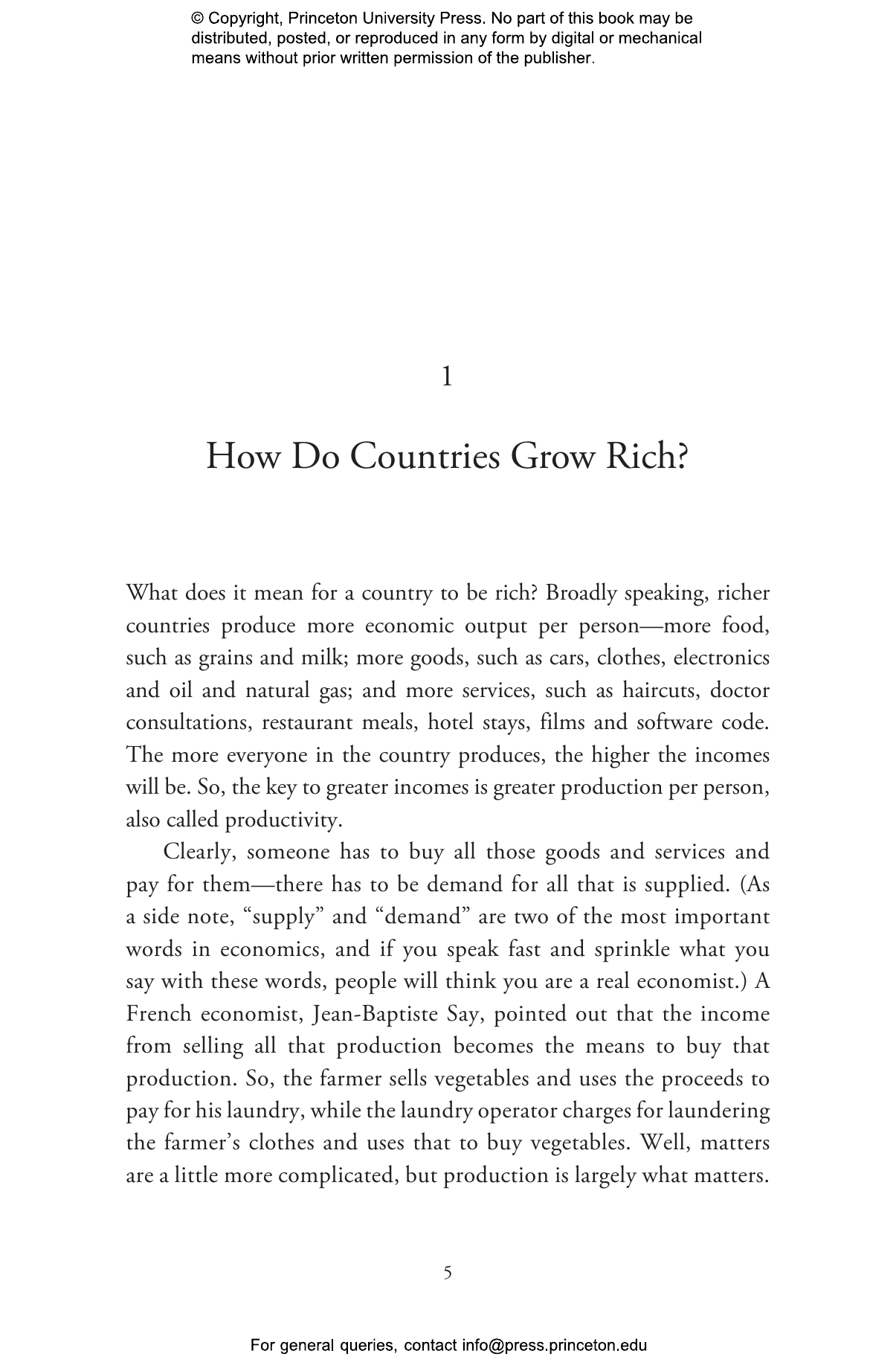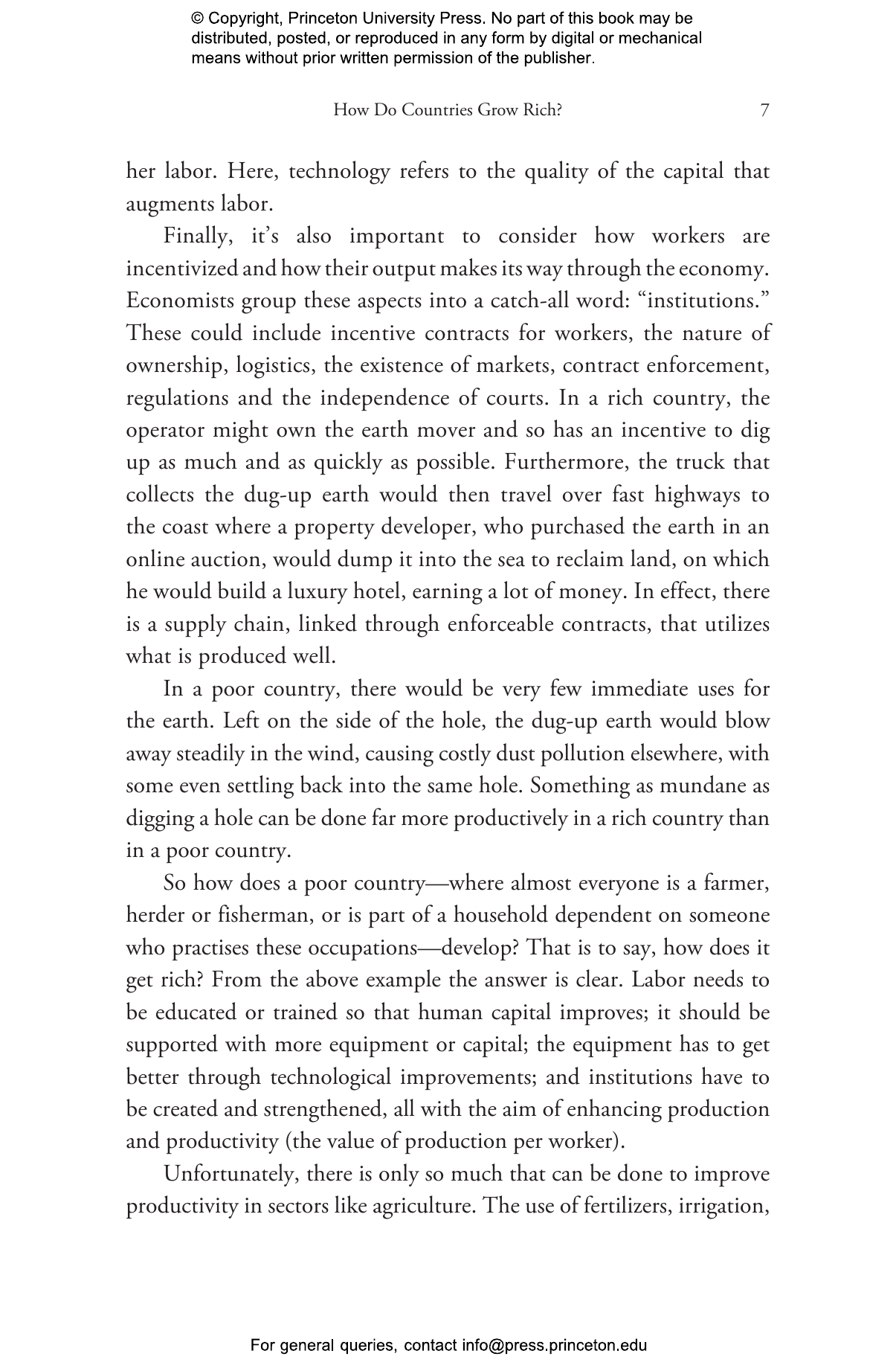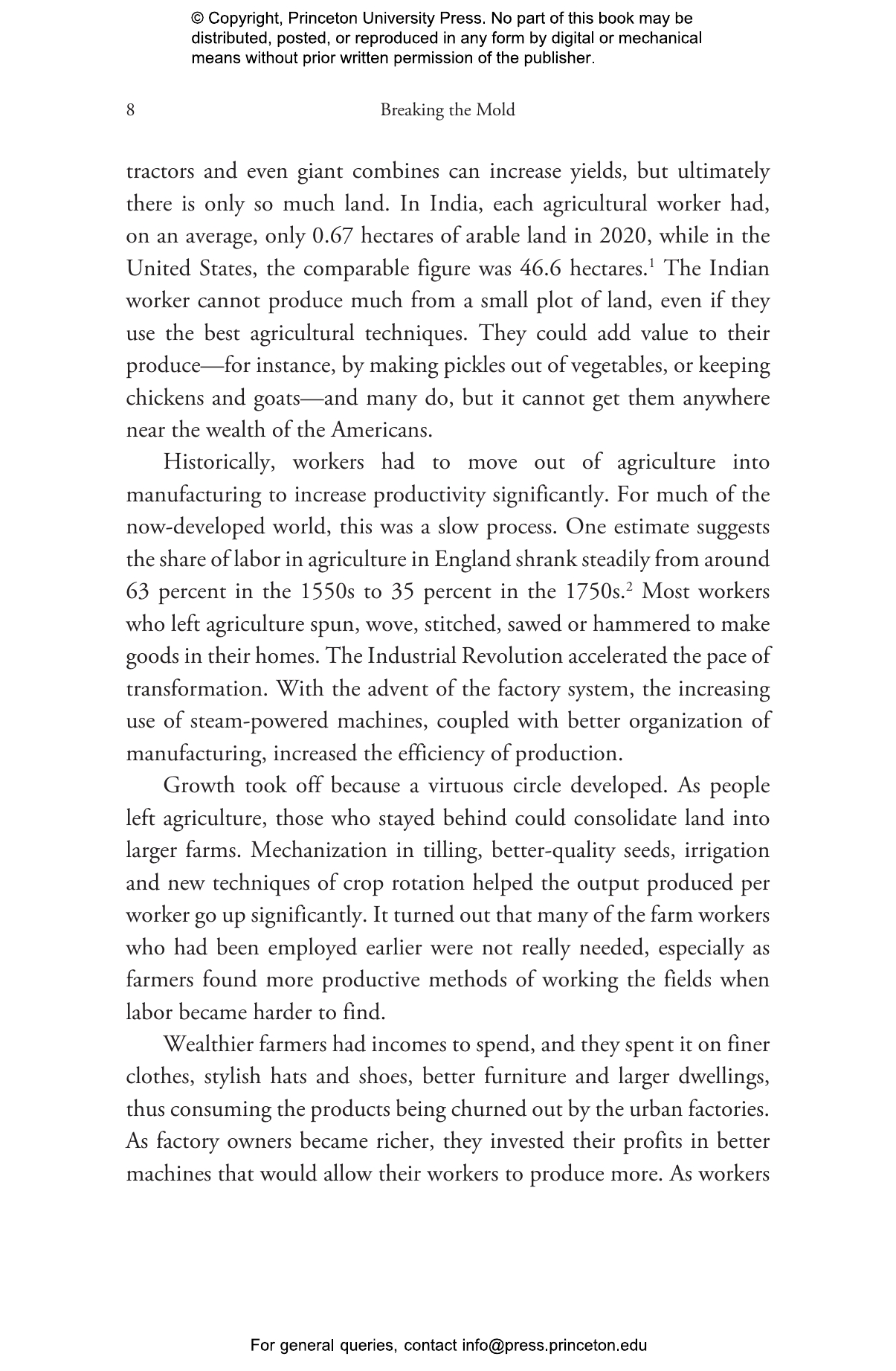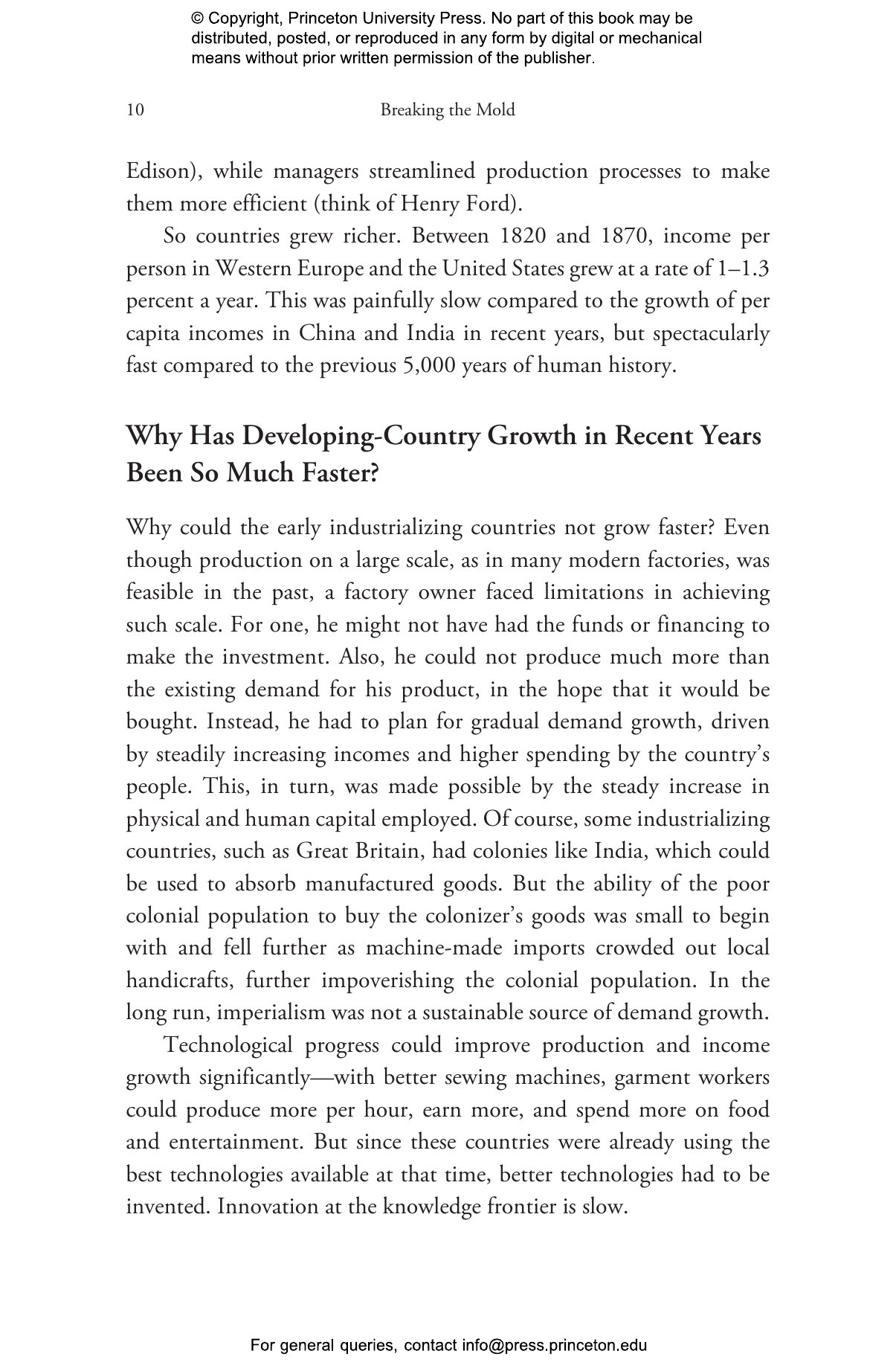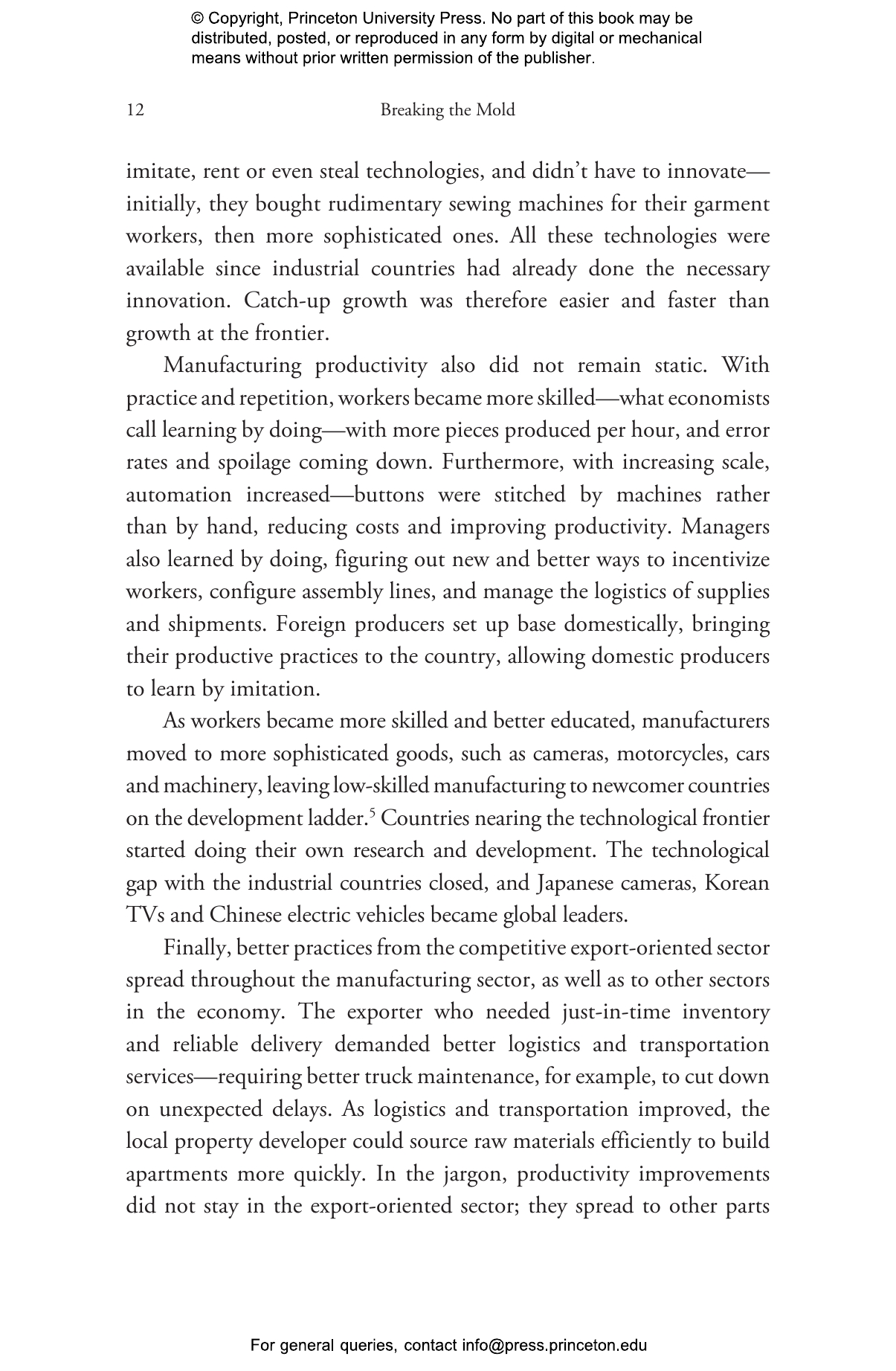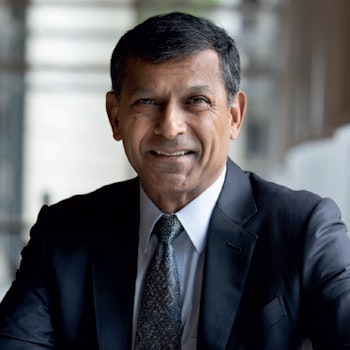The whole world has a stake in India’s future, and that future hinges on whether India can develop its economy and deliver for its population—now the world’s largest—while staying democratic. India’s economy has overtaken the United Kingdom’s to become the fifth-largest in the world, but it is still only one-fifth the size of China’s, and India’s economic growth is too slow to provide jobs for millions of its ambitious youth. Blocking India’s current path are intense global competition in low-skilled manufacturing, increasing protectionism and automation, and the country’s majoritarian streak in politics. In Breaking the Mold, Raghuram Rajan and Rohit Lamba show why and how India needs to blaze a new path if it’s to succeed.
India diverged long ago from the standard development model, the one followed by China—from agriculture to low-skilled manufacturing, then high-skilled manufacturing and, finally, services—by leapfrogging intermediate steps. India must not turn back now. Rajan and Lamba explain how India can accelerate growth by prioritizing human capital, expanding opportunities in high-skilled services, encouraging entrepreneurship, and strengthening rather than weakening its democratic traditions. It can chart a path based on ideas and creativity even at its early stage of development.
Filled with vivid examples and written with incisive candor, Breaking the Mold shows how India can break free of the stumbling blocks of the past and embrace the enormous possibilities of the future.
Raghuram G. Rajan is the Katherine Dusak Miller Distinguished Service Professor of Finance at the University of Chicago Booth School of Business, former governor of the Reserve Bank of India, and former chief economist of the International Monetary Fund. His books include Fault Lines: How Hidden Fractures Still Threaten the World Economy (Princeton), winner of the Financial Times Business Book of the Year Award. Rohit Lamba is assistant professor of economics at Pennsylvania State University, a visiting assistant professor of economics at New York University Abu Dhabi, and a former economist at the office of the chief economic adviser to the Government of India.
"There are no better guides to how [India] might best leverage its potential—and manage the obstacles. . . . [Rajan and Lamba] expertly devise a new growth model for India, offering detailed recommendations for reforming the country’s industrial strategy, healthcare, education and democracy. . . . This is a novel, well-argued and solidly evidenced pitch for India’s future. . . . A must-read for anyone keen to understand a nation that will play a big part in all our economic futures."—Tej Parikh, Financial Times
"[Rajan and Lamba] sketch out a vision that amounts to an entirely new model of development for India—one that they argue is better suited to its strengths than its current model."—The Economist
"A forthright accounting of the nation’s many faults and enormous unused potential i.e., human capital. . . . A sobering economic study packed with useful ideas."—Kirkus Reviews
"A work of mitigated optimism."—The Economist
“Is this really India’s century? The country’s infrastructure push and the emergence of a dynamic high-tech sector suggest that the answer is yes. But other factors, such as pervasive regional inequality and underinvestment in education, are reasons for doubt. There is no one better than Rajan and Lamba for helping us weigh the arguments.”—Barry Eichengreen, University of California, Berkeley
“In a world where governments are increasingly embracing nationalism, Rajan and Lamba set out a daring blueprint for inclusive Indian growth based on economic and political openness. Their insightful, engaging, and inspiring book is essential reading for anyone interested in India or economic development.”—Maurice Obstfeld, Peterson Institute for International Economics
“[A] lively, lucid, and persuasive book. . . . A must-read for anyone who cares about India’s economic future.”—Gurcharan Das, former CEO of Procter & Gamble India and author of A Masterclass on India
“Rajan and Lamba display impressive knowledge of global economic and technological trends, combine it with a clear-eyed treatment of India’s needs, policy process, and political economy, and chart an innovative way forward. An eye-opening read!”—Ashutosh Varshney, Brown University
“It has the great merit of recognizing that politics and economics are intertwined and takes a holistic view of India’s development. . . . It also suggests a unique Indian pathway for India to succeed in its transformation into a modern, prosperous, and secure country through innovative, high-value, breakthrough growth.”—Shivshankar Menon, former Foreign Secretary of India


